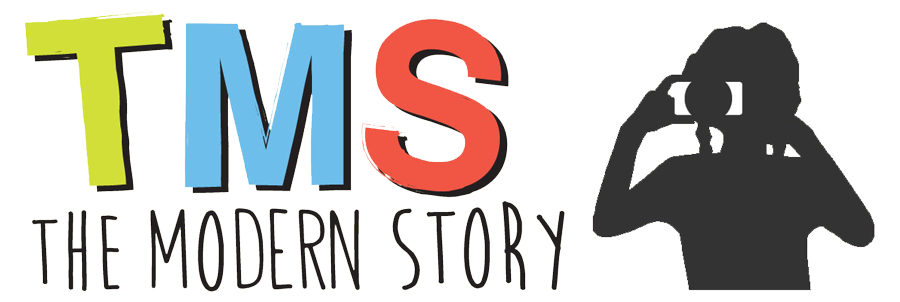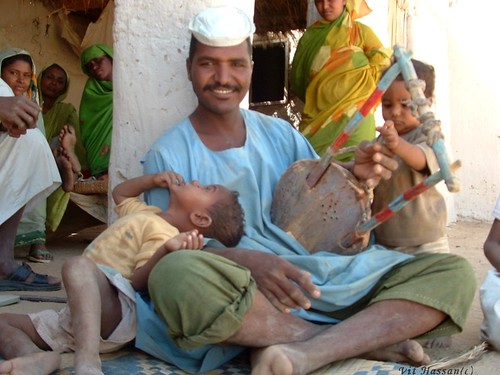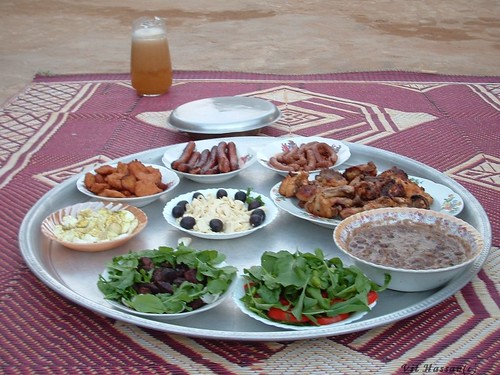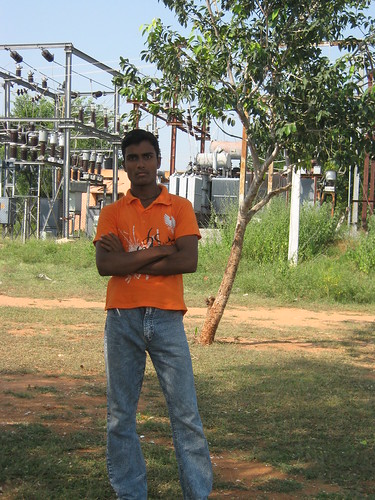The following is an essay by Humera Anjum, 13 years old of IX Standard Class, Railways Girls High School Lallaguda. I was so impressed by her submission for an on-line contest that I wanted to post it here.

In olden days some people use to say that women should not study and they should not work out of their homes. In Muslim religion people use to say women have to be in burkha if they come in front of any people. In villages, people want a boy not a girl because they say boys have to take care of their property. And they love the boy. If a girl is born they will kill the girl because they cannot bear the expenditure of dowry for a girl.
Nowadays governments like the Taliban are pressuring Muslim communities elsewhere to prevent girls from studying past 4th class. Also, these girls are facing severe hardship under the rules, customs and traditions of her community. Today even if we are in the 21st century many people are following some superstitious and unscientific customs as religion becomes more important in politics like child marriage, dowry deaths and sati- where women throw themselves on the funeral pyres of their husbands.
As a result, in India many Muslim females are discriminated against before they are born. In our culture a girl is not valued as much as a boy. Among girls the drop-out rates are much higher, particularly among the scheduled castes and scheduled tribes, girls in rural areas and from poorer families. In rural areas only 9 percent of girls enrolled in class reach class 10.
Also as a result, most of the women are engaged in household or domestic work. This consists of a vital but grossly undervalued type of economic activity. Domestic work does not qualify as productive activity as per the census of India’s definition. ‘Working women’ as per the census definition are those who work outside the households. Women do most of the household’s unpaid work e.g. cooking, collection of fuel, fodder and water, looking after children and animals, gardening, food processing, sewing and weaving etc. Yet they are not regarded as ‘working women.’ More than 90 percent of women workers are engaged in unorganized and informal sectors. When religious governments prevent women from gaining education it is difficult to work in anything but the informal sector.
So social evils more easily oppress women working in informal sectors. For example, these are the women first to face early marriage. Early marriage is a social curse against women. It is done to keep families within certain religious and economic affiliations. With early marriages the troubles begin for the girls as these girls are not mature enough to shoulder the responsibility of families and motherhood. The Marriages Restraint Act lays down the minimum age of marriage for girl at 18.
For another example, the practice of giving and taking dowry has become a menace in India. Dowry means the money, goods and property demanded from a bride’s side as a condition for marriage by the groom’s side. You might have heard in your neighborhood and in your home people cruelly calculating and negotiating dowry amounts. In 1961 the Dowry Prohibition Act was passed. Dowry is a crime against women and society. Men and women should raise their voice against Dowry. The youth should take a vow to go for Dowry-less marriages. Economic independence for women is very important. Whatever little equality and freedom the working class woman enjoys must be due to their economic freedom, education and employment as only this will make women somewhat independent. I believe this to be even more true as governments like the Taliban pressure families to prevent women from gaining education and independence.
So, briefly, even today the girl is not given the respect, the freedom, and the position which a boy is given under the traditions of community. These community traditions are exaggerated by customs of religion in politics.
























